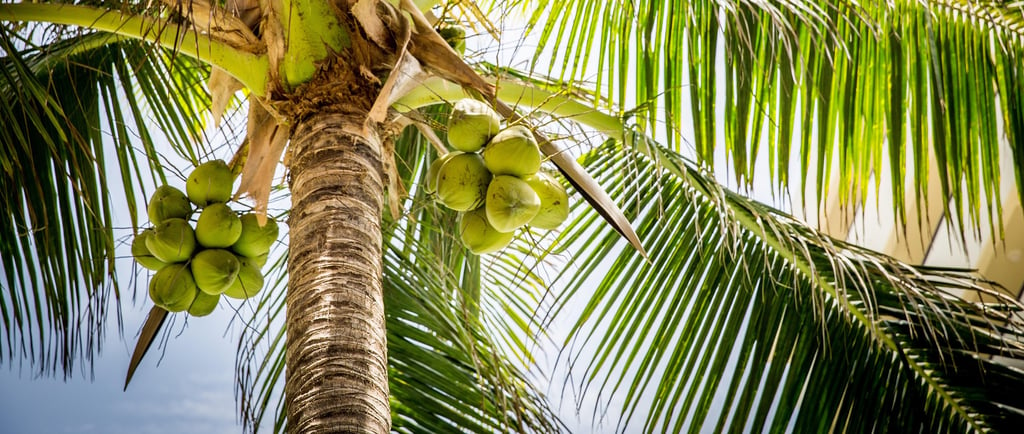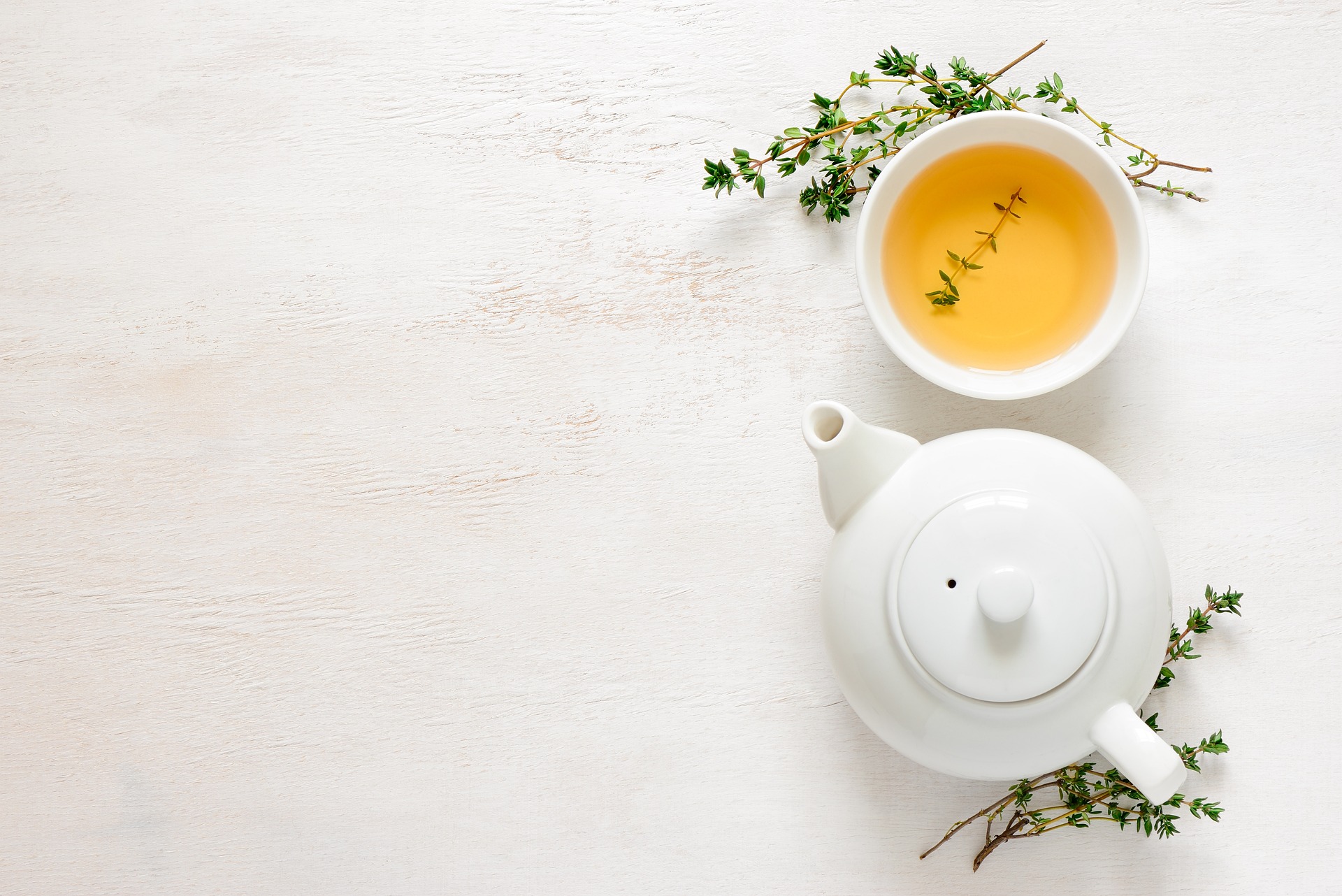🌴 The Tree That Sailed the Seas 🌊 The Coconut Palm 🥥
🌴 A follow-up story connecting the Root, Fruit, and Ecology chapters in the Biology Album. ✨ The Coconut Palm—often called the Tree of Life—invites children to explore how one incredible plant helps shape and protect island life. With wide-spreading fibrous roots that hug the sandy soil, and seeds that float across oceans like adventurers, this tree teaches us about strength, travel, and the quiet power of plants. It opens bridges to the story of plant adaptations, human geography, and the fundamental needs of civilizations. Let’s wonder: “How can a tree hold an island in place? Do other trees do this important job too? ” 🌍🌊🌱
BIOLOGY STORIES
6/3/20253 min read


Imagine a tree so generous, so useful, and so full of surprises that people call it the Tree of Life. 🌱 It stands tall along sandy shores, leaning playfully toward the waves. Its trunk bends in graceful curves, like it’s waving at the sea. This is the Coconut Palm—one of the most beloved trees on Earth. 🥥🌴
We already know that some seeds fly with the wind like dandelions, while others get carried away by animals. But here’s a seed that can float across oceans! 🛶🌊 That’s right—the coconut is a seed, and it’s also a boat. Its thick, fibrous shell keeps it safe and dry inside, while the hard outer husk helps it bob along the waves. A coconut could fall from a tree in Indonesia… and wash up on a beach in South Africa months later, ready to grow! 🌍🌱
The coconut palm is part of the monocot family—just like grasses and lilies! It can grow up to 30 meters tall, that’s as tall as five giraffes standing on each other’s heads 🦒🦒🦒🦒🦒🏢. It has a single stem and no branches, crowned with a burst of huge, feather-like leaves that can reach up to 6 meters long, that’s the length of a small car or a giant python! 🚗🐍! 🌿🌴 These leaves are strong and flexible, perfect for weaving mats, walls and roofs.
In many parts of Asia—like India and Sri Lanka—people have long woven these leaves into large mats called cadjan(👏 cad 👏 jan). These mats are used to build traditional homes and shelters, especially in warm, rural places where the coconut tree grows. 🏠These cadjan houses are airy and cool, perfect for island weather. As cities grew, fewer people built with cadjan, but in some villages you can still see these amazing leaf homes—built with nature’s own materials, strong and light and made with care. 🌾🏡💚
Every part of the coconut palm is useful. Coconut meat is food. Coconut water refreshes and hydrates. The oil is used for cooking, healing, and even in making soaps and shampoos. 🧼 The shell can be turned into bowls, spoons—or even musical instruments! 🥁 The trunk—called coco lumber—is used to build homes and boats. In many places, the sap is collected to make sugar or vinegar. Some people say, “If you have a coconut tree, you have everything you need.” 🛖🌴
In many island cultures, the coconut palm is considered sacred. In the Philippines, it’s called the Tree of Life for its endless gifts. In India and Sri Lanka, coconuts are offered in rituals as symbols of new beginnings. In Polynesia, legends tell of a brave ancestor who became the first coconut tree, his spirit still helping his people. 🌺 In Sanskrit, the tree is called Kalpavriksha —the Wish-Granting Tree. ✨
And those three dark spots on the coconut? They’re not just funny faces! 😄 One of them is a special pore where the seed begins to sprout. When it finds the right sandy beach, it sends out a green shoot—and tiny roots that stretch in every direction like arms hugging the earth. 🌱🤗
The coconut palm doesn’t just feed and shelter people—it also protects the land itself. 🌍🌴 Instead of one deep root like an oak, the coconut palm has thousands of thin, fibrous adventitious roots. They don’t go far down, but they spread wide—holding the sandy soil in place and helping the tree stay upright during storms. 🌪️🌴 These roots also protect island shores from washing away. That’s why people plant coconut palms as living fences to shield their villages from erosion. The tree doesn’t just care for people—it guards the land itself. 🌍🛡️
🧐 I wonder… how a tree can protect an island by holding it in place? Do other trees does this job? Can we find other plants whose roots give hugs to the Earth? 🤔🌱What other seeds are brave travelers like the coconut? What other plant leaves could we use to build a shelter?
🌱 Let’s open a coconut, observe its parts, and maybe even plant one! And if we live far from the tropics, let’s trace the journey of a coconut across the world map. Where does it grow? What cultures love it?
With Montessori joy,
Vanina 😊

